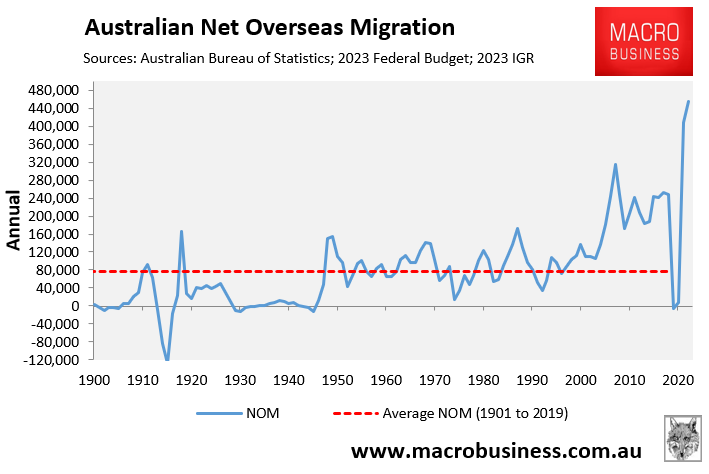Engineers and technology scientists from Australia have urged the Albanese Government to “make up for lost time” and set a “monumental challenge” by aiming to eliminate the country’s carbon footprint by 2035 – 15 years earlier than currently targeted.
The Australian Academy of Technological Sciences and Engineering, which represents over 900 senior engineers and scientists, has urged the government to set a goal of reaching net zero emissions in 12 years, stating that it is achievable with mature, low-carbon technology.
The Academy says immediate and considerable action is required to maintain the possibility of reducing global warming to 1.5 degrees Celsius above pre-industrial levels.
Setting a more aggressive aim – the current goal is to attain ‘net zero’ emissions by 2050 – would accelerate technical progress and spur a large increase in clean investment across the country, according to the report.
Dr Katherine Woodthorpe, president of the Academy, stated that Australia is missing out on an economic opportunity.
“That’s really how I see this. There is an opportunity, let’s make the most of it, let’s not squander it”, she said. “Meeting this target will be a monumental challenge, but with immediate and large-scale action to invest in skills and infrastructure, as well as political, policy and regulatory support at all levels, it is achievable”.
“We congratulate the federal government on the significant progress to date. However, we are making up for lost time. Setting an ambitious target based on science… is a no regrets step toward a net zero future”.
The Climate Council issued a similar proposal this week, stating that Australia’s role in reducing global warming to 1.5 degrees Celsius required a 75% reduction by 2030 compared to 2005 levels, up from the existing minimum 43% reduction target, and reaching net zero by 2035.
According to the Academy statement, Australia’s current targets are in line with those of other countries, but as a wealthy industrialised nation with a huge carbon footprint, it should be doing more.
What alternative reality planet do these people live on? Australia has zero of chance meeting current emissions targets with its population growing like a lab experiment via mass immigration.

Concrete – an essential input into housing and other construction – accounts for around 8% of the world’s carbon emissions.
It is said that if concrete were a nation, it would be the world’s third-largest emitter behind China and the United States.
Building construction, operation, and maintenance are estimated to account for roughly one-quarter of Australia’s glasshouse gas emissions.
At last month’s National Cabinet meeting, Australia’s political leaders committed to building 1.2 million new homes from 2024 to cater for the nation’s rapidly growing population.
The 2023 Intergenerational Report, released last month, projected that Australia’s population would balloon by more than 50% (14 million people) in just 40 years.
That is the equivalent of adding a combined Sydney, Melbourne, Brisbane and Adelaide to Australia’s existing population and would require the addition of around 5 million homes to Australia’s current housing stock, alongside huge volumes of infrastructure investment (including a battery of energy guzzling water desalination plants).
This construction alone would drive up Australia’s carbon emissions, as would the extra 14 million energy users and consumers.
The total environmental impact equals the population multiplied by the number of consumption units. It’s not hard to understand.
The Albanese Government and groups like the Australian Academy of Technological Sciences and Engineering and the Climate Council clearly speak with a forked tongue when they claim Australia must magically meet “net zero” while also substantially increase the number of energy consumers.
Meanwhile, while Australians are being told to rip gas out of their homes and deindustrialise, we are busy selling it to China whose emissions are exploding:

I am all for using energy and resources more efficiently. However, none of the above makes any sense.

